Select an Orthopaedic Specialty and Learn More
Use our specialty filter and search function to find information about specific orthopaedic conditions, treatments, anatomy, and more, quickly and easily.
GET THE HURT! APP FOR FREE INJURY ADVICE IN MINUTES
Shoreline Orthopaedics and the HURT! app have partnered to give you virtual access to a network of orthopaedic specialists, ready to offer guidance for injuries and ongoing bone or joint problems, 24/7/365.
Browse Specialties
-
- Arthritis
- Joint Disorders
- Physical Medicine & Rehabilitation (PM&R)
Arthritis Overview
According to estimates, one in every five people living in the United States has signs or symptoms of arthritis in at least one joint. There are many types of arthritis, but most fall into one of two major categories: osteoarthritis and rheumatoid arthritis, or RA. Arthritis is the leading cause of disability in the United States and it affects millions of people. Approximately half of all sufferers are under age 50.
More Info -
- Minimally Invasive Surgery (Arthroscopy)
Arthroscopy (Minimally Invasive Surgery)
Arthroscopy is a minimally invasive surgical procedure used by orthopaedic surgeons to visualize, diagnose, and treat problems inside the joint. Because it requires only tiny incisions, arthroscopy can be performed without a major, invasive operation and many procedures can be done on an outpatient basis.
More Info -
- Elbow
- Joint Disorders
Elbow (Olecranon) Bursitis
Normally, the olecranon bursa is flat. However, if it becomes irritated or inflamed, more fluid accumulates in the bursa causing elbow bursitis to develop. Elbow bursitis can occur for a number of reasons, including trauma, prolonged pressure, infections, or certain medical conditions.
More Info -
- Foot & Ankle
Equinus
When the ankle joint lacks flexibility and upward, toes-to-shin movement of the foot (dorsiflexion) is limited, the condition is called equinus. Equinus is a result of tightness in the Achilles tendon or calf muscles (the soleus muscle and/or gastrocnemius muscle) and it may be either congenital or acquired. This condition is found equally in men and women, and it can occur in one foot, or both.
More Info -
- Fractures, Sprains & Strains
- Pediatric Injuries
- Sports Medicine
Growth Plate Fractures
A child’s long bones do not grow from the center outward. Instead, growth occurs in the growth plates—areas of developing cartilage located near the ends of long bones. The growth plate regulates growth and helps determine the length and shape of the mature bone. A child’s bones heal faster than an adult’s so it is extremely important for your child’s injured bone to receive proper treatment immediately, before it can begin to heal.
More Info -
- Pediatric Injuries
- Sports Medicine
High School Sports Injuries
Teenage athletes are injured at approximately the same rate as professional athletes, but because they are often still growing, it is extremely important seek proper treatment immediately. A child’s bones grow at a different rate of speed from that of muscles and tendons. This uneven growth pattern makes younger athletes more susceptible to muscle and tendon injuries, and growth plate fractures.
More Info -
- Joint Disorders
- Joint Replacement & Revision
- Knee
Partial Knee Replacement
Unicompartmental (or partial) knee replacement is an option for a small percentage of patients with osteoarthritis of the knee that is limited to a single compartment of the knee. During this procedure, only the damaged compartment is replaced with metal and plastic, while the healthy cartilage and bone in the rest of the knee is left alone.
More Info -
- Fractures, Sprains & Strains
- Knee
- Ligament Disorders
- Sports Medicine
PCL Injuries & Reconstruction
Injuries to the posterior cruciate ligament are not as common as other knee ligament injuries. They are often subtle and more difficult to evaluate than other ligament injuries in the knee. Many times a posterior cruciate ligament injury occurs along with injuries to other structures in the knee, such as cartilage, other ligaments, and bone.
More Info -
- Foot & Ankle
- Sports Medicine
Peroneal Tendon Injuries
Basic types of peroneal tendon injuries are tendinitis, acute and degenerative tears, and subluxation. Peroneal tendon injuries occur most commonly in individuals who participate in sports that involve repetitive or excessive ankle motion. People with higher arches have an increased risk for developing peroneal tendon injuries.
More Info

